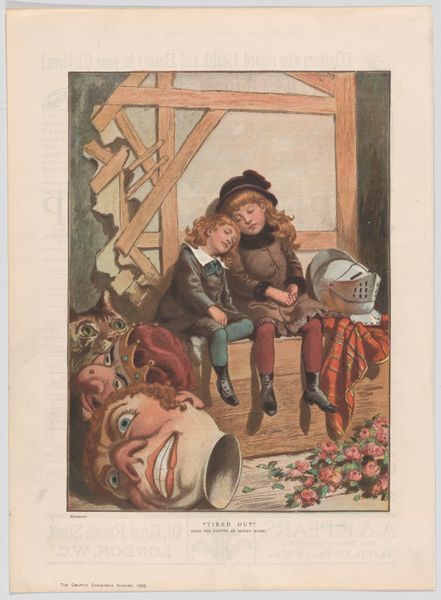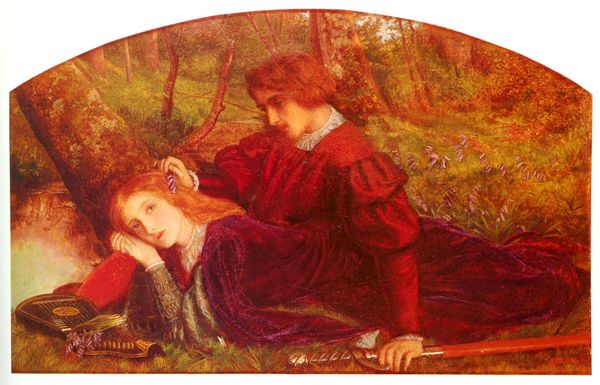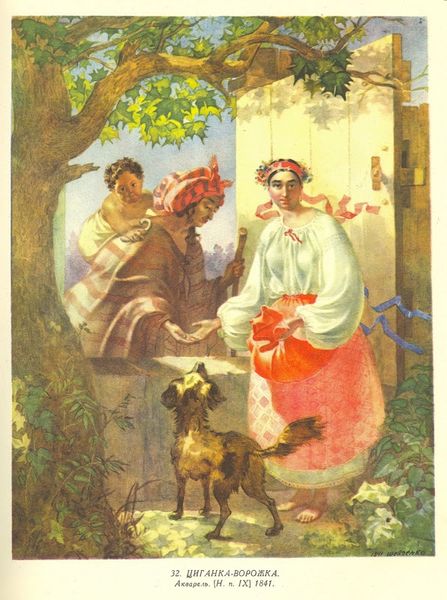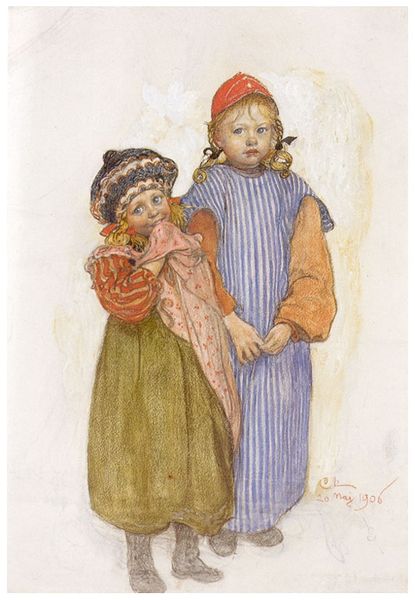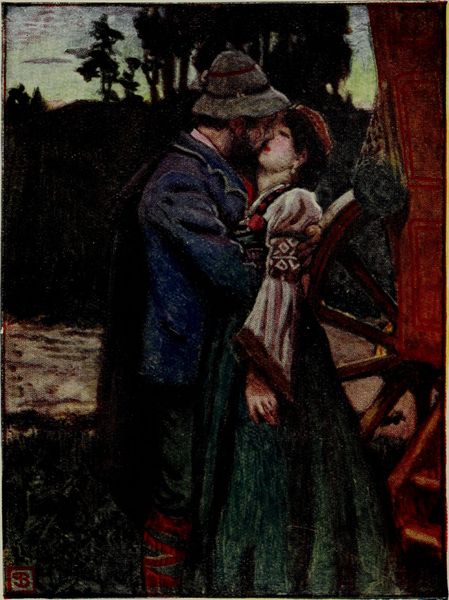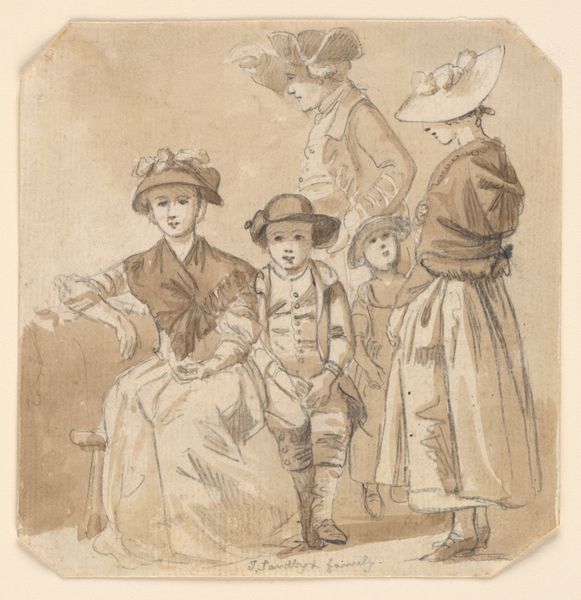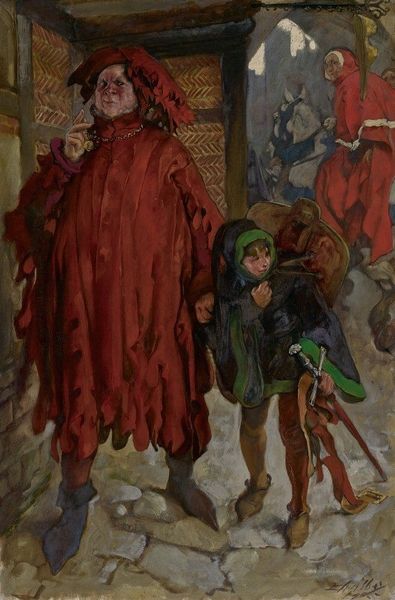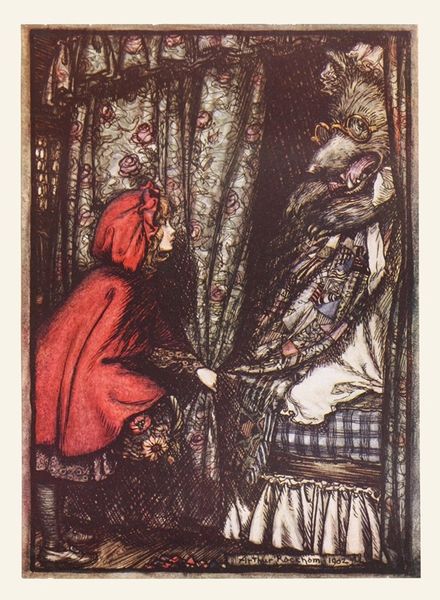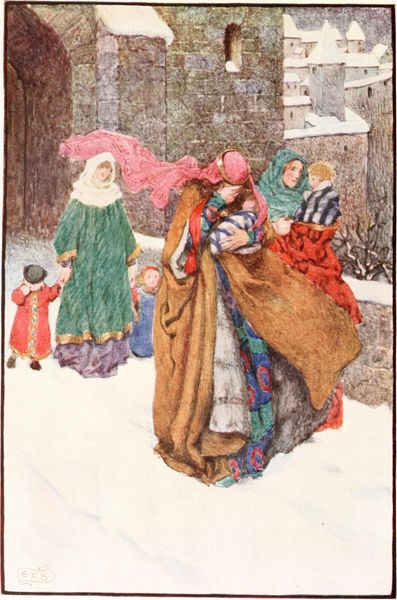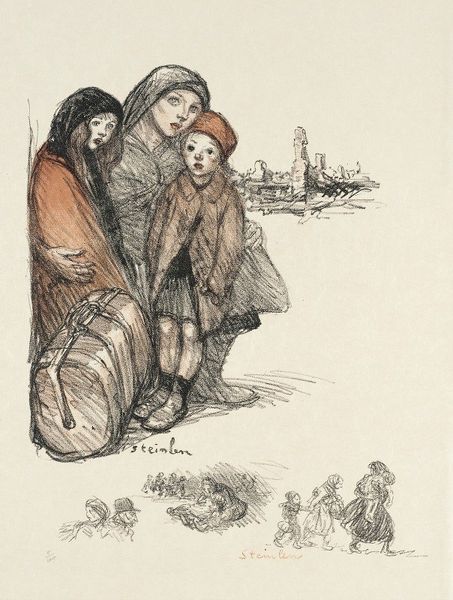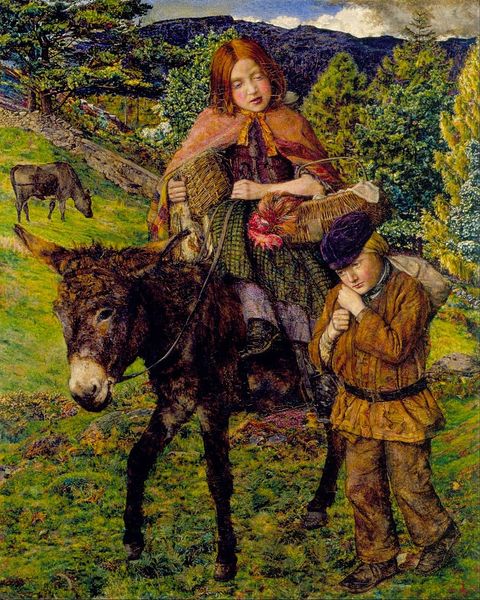
painting, oil-paint
#
portrait
#
narrative-art
#
painting
#
oil-paint
#
oil painting
#
studio composition
#
group-portraits
#
romanticism
#
naive art
#
cityscape
#
genre-painting
#
pre-raphaelites
#
portrait art
Copyright: Public domain
Curator: Ford Madox Brown, a painter associated with the Pre-Raphaelite movement, created this piece titled "The Last of England." Looking at it, I feel an immediate sense of melancholy. There’s such raw emotion emanating from the figures. Editor: Indeed. Brown painted this between 1852 and 1855, influenced by the waves of emigration sweeping Britain during that era. The title alone signals profound loss and dispossession, wouldn’t you agree? Curator: Absolutely. They’re crammed together, clinging to each other, the sea spray almost obscuring their vision. The artist truly captures that visceral sense of being uprooted. It's so claustrophobic— that almost aggressive use of perspective to push them forward. Editor: Precisely. Brown and his wife served as models, rendering the painting deeply personal. That direct, unflinching gaze confronts the viewer, demanding empathy for their plight. Also note the details. The cabbages represent the last of their garden. It's class politics as still life, as an emblem of forced displacement. Curator: And look at how their hands are clasped. Such a small detail, yet it speaks volumes about their shared experience, their shared trepidation. The whole scene hums with emotional dissonance; the white cliffs are juxtaposed against the grey churning ocean, hope versus despair. Editor: It’s powerful commentary on immigration, economic hardship and national identity, don't you think? Brown positions emigration as a rupture. That sense of never being able to return, or even truly belong elsewhere. The figures' clothing – her shawl and his brown coat – become shrouds against a future. Curator: Shrouds against uncertainty... That's beautifully put. Considering its themes, the painting still speaks volumes today, reminding us that emigration isn't some abstract policy debate but a wrenching, human experience. Editor: Exactly. The painting captures an irrevocable transformation. We get to ask how and why displacement is still normalized when people are always in motion.
Comments
No comments
Be the first to comment and join the conversation on the ultimate creative platform.
